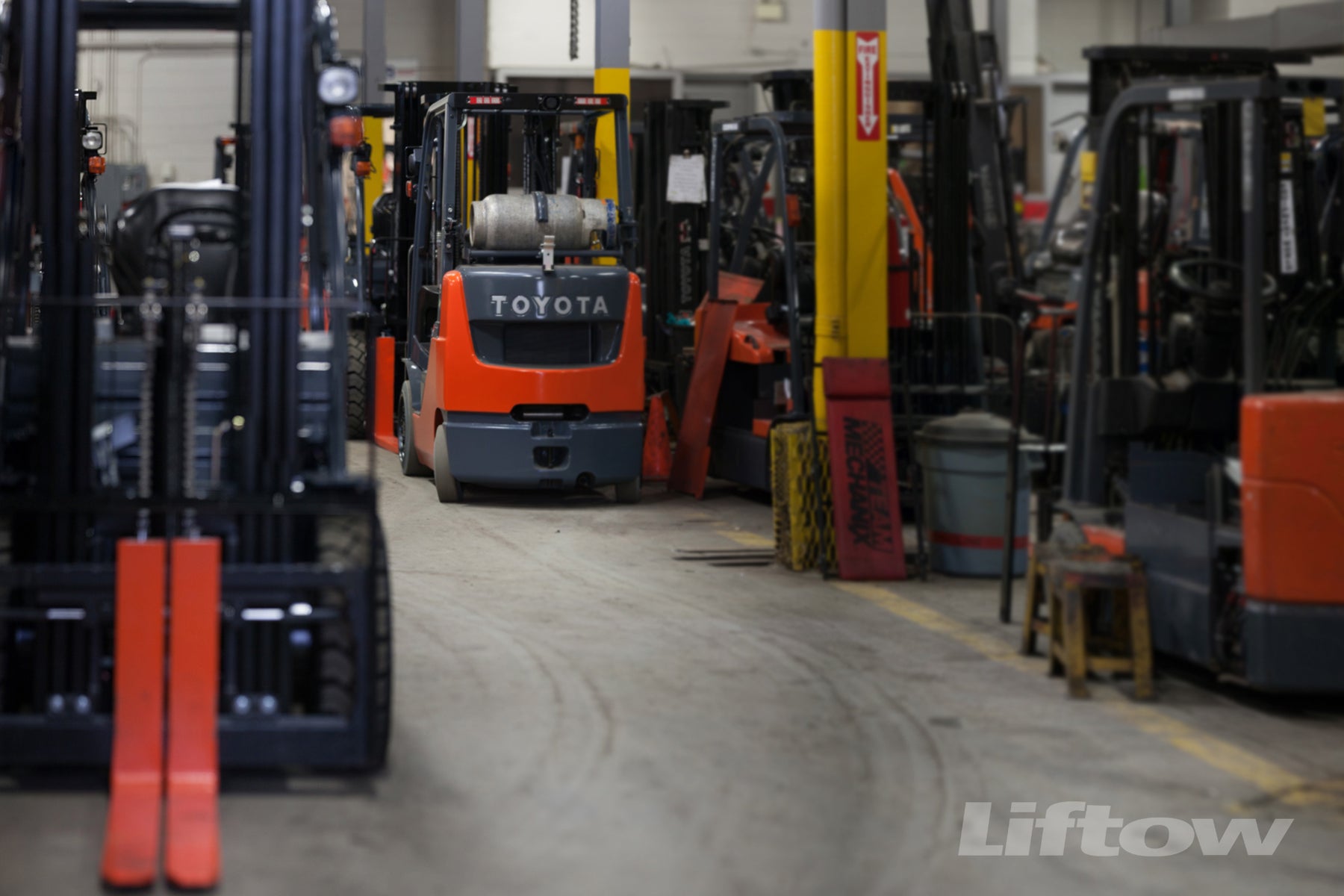
Can You Improve the Performance of Your Forklift?
If you make the right decision when it’s time to invest in a forklift for your fleet, your chosen lift truck will increase your bottom line enough to offset its costs. Your payments, interest, fees and maintenance will amount to a number that keeps you in the black when you factor in the productivity benefits your new truck brings to the business.
But there are a few steps you can take that will widen that gap even further, and help you bring even higher returns on the cost of your new (or used or rented) equipment. Here are a few simple moves that stretch your investment.
Preflight checks.
A preflight equipment review takes five minutes of your operator’s time and can result in huge cost savings if and when these checks reveal fraying wires, corroding batteries, tire damage, signal problems or anything else that can be fixed before it leads to more severe damage. One quick exam can pull a truck out of rotation and get it repaired before expensive damage or product loss occur. And a minor problem takes far less down time to repair than the bigger ones that happen down the road. Create a hard copy checklist and have your operators look at each item on the list before their shifts.
Properly matching the truck to the task.
Before you choose a lift truck, make sure you aren’t getting more truck then you need (or less, of course). If your loads don’t typically exceed a few hundred pounds, or a height of ten feet, why invest in a truck with huge lifting specifications or a high-reach design? You’ll get more for your investment if you upgrade your truck in a way that keeps pace with the growth of your business or your inventory. If you’re growth rate is fast or unpredictable, consider renting a truck until you have a better handle on the numbers.
Cleanliness.
Keep your truck chassis, undercarriage, mast and cabin clean. Remove salt, mud, sand and rainwater after every outdoor shift, and don’t let trucks sit exposed to damaging elements overnight if you have the infrastructure to prevent this.
Operator training.
Ground gears, sudden stops and starts, exceeded specifications, poor parking jobs on inclines and insufficient maintenance can dramatically shorten the life of your expensive asset. And most of these mistakes and blunders can be prevented with adequate operator training. Get your teams the support they need, so when it’s time for them to get behind the controls—or make quick decisions in the face of an emergency—they’ll have the tools they need to prevent injury AND save the truck from damage.


Leave a comment